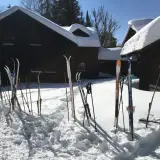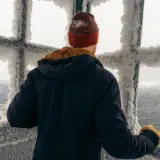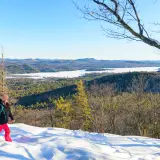Getting off of the couch hurts.
It's not the emotional kind of pain that comes from the loss of a favorite pet or the cancellation of a beloved reality TV show — I still haven't reconciled how real The Simple Life was — it's the physical pain derived from a sedentary state that's often inspired by a long, frigid winter.
I've been through it before. I moved to Plattsburgh to attend college and to live close to the Adirondacks. That meant I spent summers hiking up mountains and the rest of the year hiking from lecture halls to the library with a backpack full of books. The notion of doing squat thrusts between ecology labs never dawned on me, so the non-college season always took some getting used to. Those first few hikes were rough, leg burning affairs that left me winded and cursing my way up the mountain.
After a couple of summers of that, I decided to whip myself into shape. I walked as fast as I could up Poke-O-Moonshine, a small, 2,180-foot foot mountain in the Champlain Valley. The 1.2 mile hike took me about an hour-and-a-half in late May. I proceeded to hike something like a dozen High Peaks and just as many smaller mountains until the fall semester began. The day before classes, I raced up Poke-O again and timed myself: 37 minutes. Not bad.
I was determined not to let myself slump back into another stiff-legged state of being, so I found ways to keep myself active even though I was busy. If it's looking like your first summer excursions are going to bring tears to your eyes, act now. It doesn't take long to warm up tense muscles, and you'll thank yourself later when you're cruising up the trail.
Running
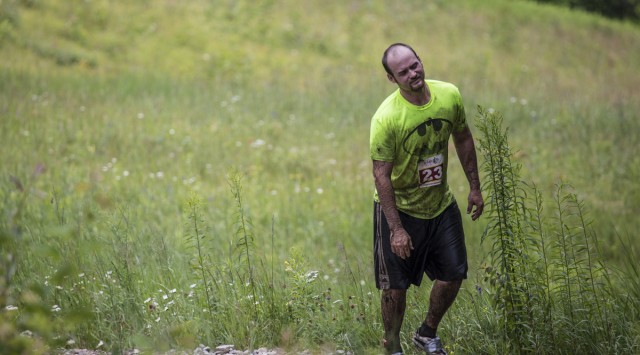
Running can be painful on the best of days.
I hate running. It's boring and tedious, right? If you're nodding your head in agreement, read on.
I started running years ago to keep myself active, and I quickly noticed that I feel spectacularly energized after doing it. Even a 15-minute jog is enough to take the edge off of a long, tiring day. So what's the problem?
One day I decided to switch from jogging around town to trail running, and I had an epiphany: It wasn't the act of running that I despised, it was where I was running. Jogging along a trail is an interesting experience. You have to pay close attention to where your feet are going because there are obstacles everywhere and the dips, rises, bends, and stream crossings keep things lively. If the thought of running on pavement makes you cringe, give it a try.
In the summer, a decent pair of trail runners — running shoes with aggressive treads — do the job. In the spring and winter, add a set of Microspikes to the trail runners and you can jog on almost any surface. I can't say my revelation turned me into a born again runner, but it did add a mental element to the exercise that increased the fun factor exponentially.
Biking
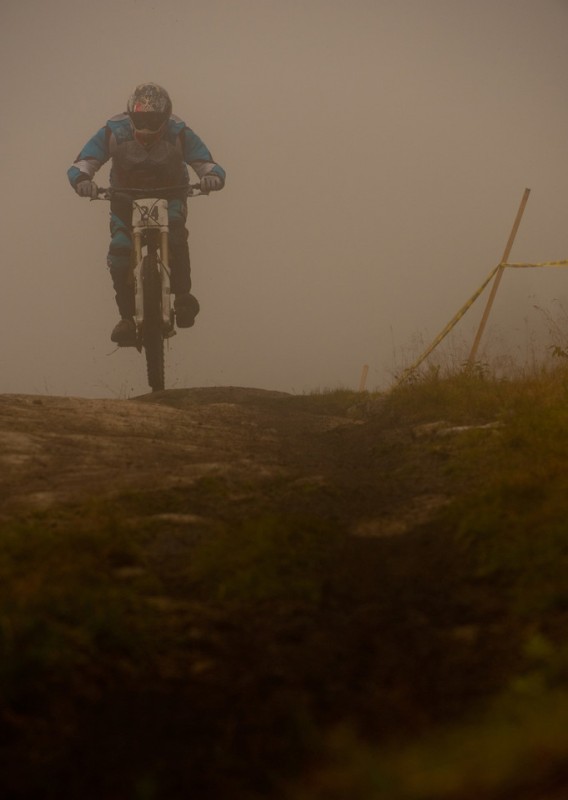
This is how I feel when I ride my bike.
Sometimes the most obvious things are also the most overlooked. A walk to campus from my apartment took as long as 30 minutes. That was too long when I was pressed for time, but a bike ride usually clocked in at less than 10 minutes. The best part was it was faster than driving since I could avoid traffic by riding along the Saranac River trail. And to think that bike just sat in my apartment collecting dust for all of those years!
Biking to stay in shape doesn't have to involve day-long excursions. A backpack is ideal for picking up a few groceries for dinner, and casual after-work rides are great for relieving stress.
Don't let winter get you down
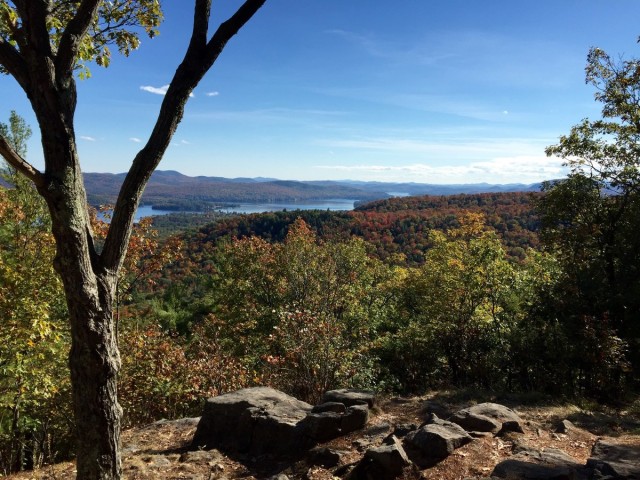
The best things in life are free.
The best way to beat stiff spring time muscles is to stay active all winter. You can start with short runs and bike rides before transitioning to bigger mountains, or you can just keep climbing the bigger mountains year round.
After graduating from college I was suddenly plagued by a plethora of free time, so it didn't take long for me to splurge on snowshoes and Microspikes.
Snowshoes are a great all-around piece of equipment. They'll get you out on the trails, prevent you from postholing, and they don't require any special skills to use. Microspikes are just as easy to use, but they're a bit more location specific. Strap them to your boots when there's too much ice for your snowshoes to grip, or when you're hiking mountains in the spring. I usually have a pair in my pack until early summer so I don't get turned around by an icy incline a quarter mile from the summit.
I recently bought Nordic skis to add an option to wintertime activities, and they were worth every penny. They take some getting used to, but if you've never glided down a backcountry hill after a fresh snowfall, you need to put that on your to-do list for next winter. Be sure to take a lesson to learn the proper techniques, and you'll be carving turns in no time.
If you need some tips on how to dress for winter and spring adventures, check out this blog on planning for an adventure.. With the proper gear and the right attitude, it's possible to transition into summer on a fresh pair of legs.
The Schroon Lake Region is filled with hikes of varying difficulty. You can also try climbing and biking!

